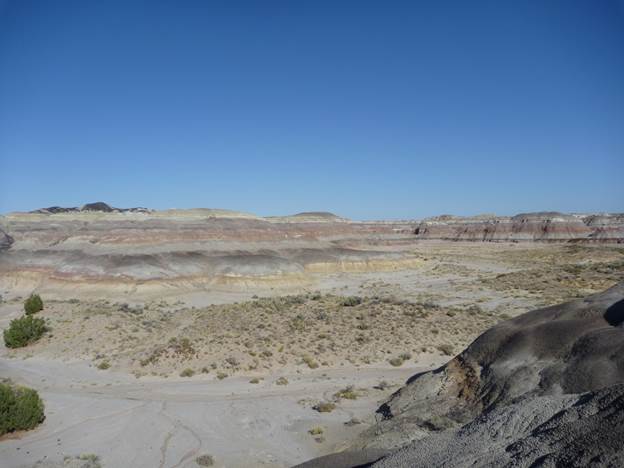Reports: DNI852822-DNI8: Climate, Tectonics and the Ecosystem Impact: Exploring the Relationship Between Extrinsic Controls and Cyclic Alluvial Stratal Accumulations within the Paleocene Nacimiento Formation, San Juan Basin, New Mexico
Daniel J. Peppe, PhD, Baylor University














